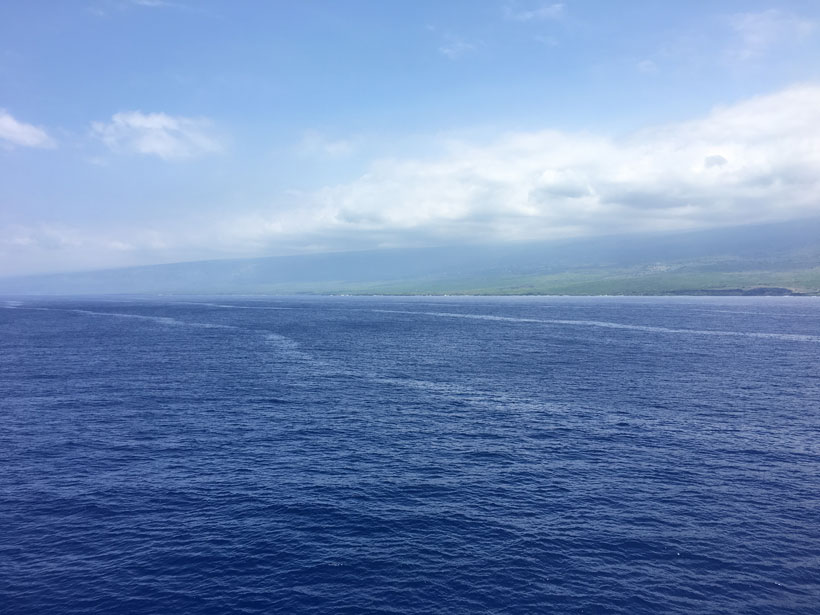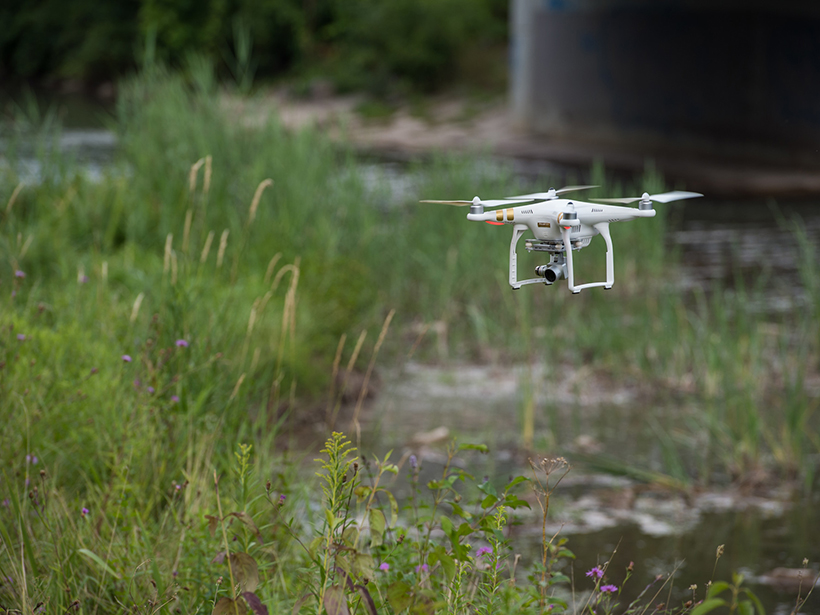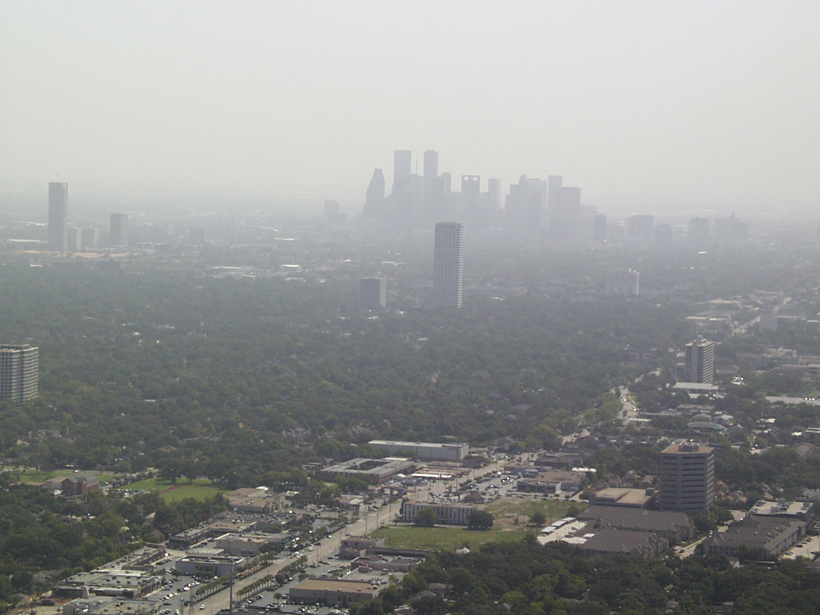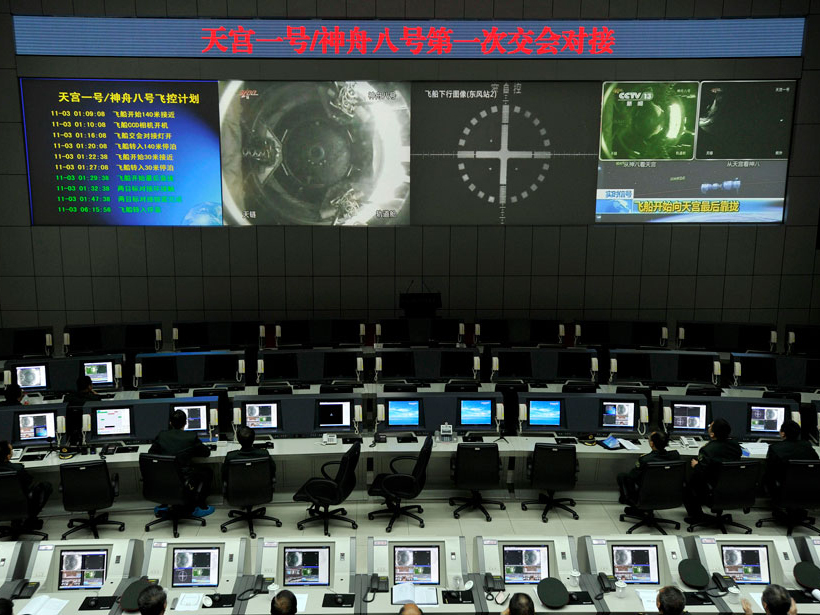Ocean slicks—naturally occurring bands of smooth water—are home to an astounding diversity of fish larvae and other marine life, researchers show.
CC BY-NC-ND 2018
Drones in Geoscience Research: The Sky Is the Only Limit
Here are six ways that drones are making their way into geosciences research and industry through innovative applications.
A Novel Way to Track Magma Flow
Sparse seismic data can accurately predict volcanic eruptions.
Ozone Pollution Maps Show Spikes Amid Broad Declines
Exceptionally comprehensive new maps detail current global concentrations and 15-year trends.
Earth-like Oscillations Detected in Saturn’s Stratosphere
By comparing Cassini observations spanning ten years, Saturn’s equatorial oscillation is shown to have similarities to Earth’s Quasi-Biennial Oscillation and Semi-Annual Oscillation.
China May Soon Surpass the United States in R&D Funding
A U.S. report on science and engineering indicators is largely correct about China making huge strides, a Chinese official said. However, he disputed funding amounts and downplayed Chinese research leadership.
Ocean Tides Affect Ice Loss from Large Polar Ice Sheets
A recent paper in Reviews of Geophysics discusses how ocean tides affect the motion of, and loss of ice from, the Antarctic and Greenland ice sheets.
Monitoring Tropical Cyclones with Lightning and Satellite Data
A new storm-following tool continually watches for lightning over the open ocean. Combined with satellite microwave data, the new real-time observations will improve forecasts of tropical cyclones.
Untangling Sediment Transport Through River Networks
A stochastic sediment routing model for river networks is inverted to determine sediment source areas based on point observations of grain size and sediment flux at the basin outlet.
Administration Plan Would Cut USGS Budget by More Than 20%
The plan emphasizes priorities such as energy and mineral independence and security. However, the sharp funding drop means that the agency won’t be able to support its full scientific portfolio.










